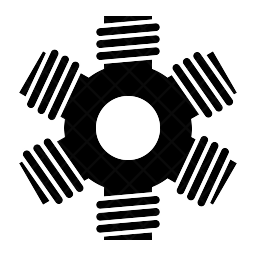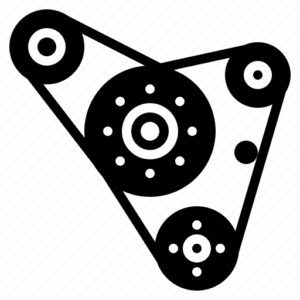Motors
An electrical device that transforms electrical energy into mechanical energy is an electric motor. The majority of electric motors work by creating force in the form of torque imparted to the motor shaft through the interplay of the magnetic field of the motor and electric current in a wire winding. Although an electric generator and an electric motor are technically equivalent, an electric generator uses a reversed power flow to transform mechanical energy into electrical energy.
Components of Motors

Stator coil
The primary parts of the electric motor are located in the stator. since the performance of the motor will directly be impacted by this component. The primary axis is surrounded by a static copper coil called the stator. The stator’s job is to produce a magnetic field all around the rotor.

Rotor coil
The resultant spin increases with the number of rotor rotations as well as the stator coil. copper that is widely used and has a tiny diameter. Even though it necessitates a lengthy wire length, the goal is to increase the number of windings.

Main Shaft
A metal part called the main shaft extends and can be used to attach other parts. This shaft’s component, in addition to the coil rotor, also has a driving pulley. The primary shaft is often composed of aluminium, which resists rust.

Brush
A copper brush will be used to link a coil rotor and a lithium current source. A tiny rotor at the main rotor’s end holds this brush in place. Even if the rotor is rotating, friction will cause the current to flow in the same direction.

Pulley Drive
This element is situated at the main shaft’s external end. Its job is to transmit the spinning of the motor to other parts. This part often takes the shape of a gear or pulley and is prepared to be attached to other parts that need to be driven by this motor.

Motor Housing
An iron plate is used to cover all sections of the electric motor on the outside of the electric motor. Furthermore, motor housing protects us as users of very high rotation rotors.
Office 2109 Churchill tower business Bay Dubai
+971505426921
Give us a call
Support@BrownKangarooGeneralTrading.com
24/7 online support
